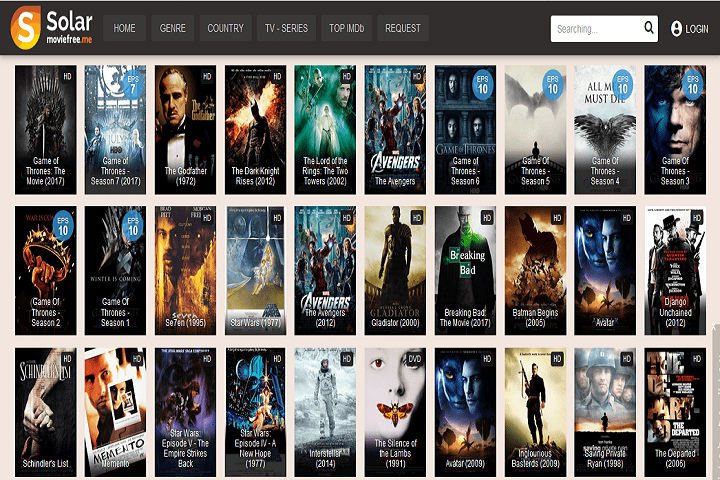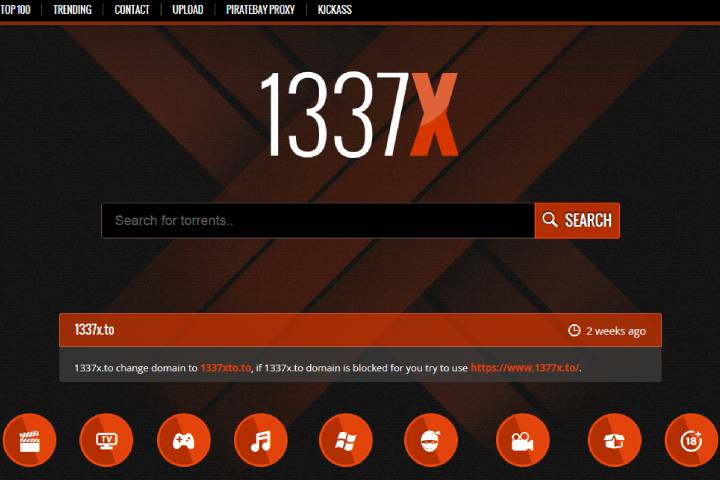AI Tools
Meta AI: Building the Next Generation of Intelligent Assistants
Discover how Meta AI is shaping the future of artificial intelligence in 2025 with advanced research, open-source tools, and real-world applications. Learn about its role in generative AI, research breakthroughs, and business innovation.

Table of Contents
❓ What Is Meta AI?
Q: What does “Meta AI” refer to?
A: Meta AI is the umbrella name for the artificial intelligence efforts of Meta Platforms (formerly Facebook). It includes research, models, applications, and tools such as the Meta AI app, the Llama model family, vision models, and robotics research.
Meta AI aims to create personal, multimodal AI assistants that understand you—through voice, text, images, and more—and integrate across Meta’s ecosystem (Instagram, WhatsApp, Facebook, smart glasses).
⚙️ Core Components & Models
Here are essential parts of Meta AI:
- Llama Models: Meta’s flagship large language model family. The latest version is Llama 4, featuring multimodal inputs, a huge context window, and a mixture-of-experts design.
- Open-Source Libraries & Tools: Meta publishes models, APIs, and libraries so that external developers can build on its AI foundations.
- Meta AI App & Discover Feed: Launched in 2025, this app provides a voice + text assistant with features like a Discover feed for prompts and content built around users’ preferences.
- Vision & Physical Reasoning Models: Meta introduced V-JEPA 2, a world model trained on video to help AI agents predict how the physical world operates.
🆕 What’s New in 2025
Some of the most recent developments:
- Llama 4 Launch: Scout and Maverick variants were released, offering open-source multimodal models with context windows reaching millions of tokens.
- Meta AI App Expansion: The app now integrates voice, images, editing, and continuity across devices and Meta’s products.
- New AI Video Feed — “Vibes”: A feature inside Meta AI to generate, browse, remix, and share AI-generated short videos.
- Physical Reasoning Advances: With V-JEPA 2, Meta pushes AI toward better understanding of how the world moves, enabling more robust robotics and visual prediction.
🌐 Use Cases & Ecosystem Integration
How Meta AI is being applied:
- Social Platforms: AI features across Instagram, Facebook, WhatsApp, and in Meta AI app for content generation, captioning, creative tools.
- Smart Glasses & Devices: Meta AI is tied to AI glasses (Ray-Ban Meta) and AR devices.
- Developer Ecosystem: Tools, models, and libraries allow third parties to build AI features or bots powered by Llama.
- Robotics & Physical Agents: Using models like V-JEPA 2, Meta is working toward agents that reason in the physical world.

⚠️ Challenges, Risks & Ethical Issues
Meta AI’s journey faces obstacles:
- Privacy & Data Use: How Meta uses user data (posts, public content) to train AI is under scrutiny—especially in regions with strong privacy laws.
- Bias & Safety: Large AI systems can reflect unwanted biases. Meta must guard against misinformation or harmful outputs.
- Computational Costs: Running multimodal, high-context models is expensive in hardware, energy, and infrastructure.
- Open-Source vs Control: While Meta shares models, some versions come with restrictions (licenses, usage limits).
❓ FAQ — Meta AI
Q1: Is Meta AI available everywhere?
A: The Meta AI app and features are gradually rolling out across regions. Some features (voice, image generation) may appear later in certain countries.
Q2: Are Llama models open-source?
A: Meta has released Llama 4 under a Community License with some restrictions, and earlier models had broader open licensing.
Q3: Can I use Meta AI to generate images or videos?
A: Yes. Through models in Meta AI, users can generate or edit images, and with the “Vibes” feed, create short AI videos.
Q4: What is V-JEPA 2?
A: V-JEPA 2 is Meta’s video-based world model, which understands physical motion and helps AI agents predict how real-world scenes evolve.
Q5: How does Meta AI differ from ChatGPT or Gemini?
A: Meta AI emphasizes open models like Llama, deep integration into social platforms, and experiments in vision + physical reasoning—while ChatGPT and Gemini optimize for conversational breadth or search integration.
📝 Final Thoughts
Meta AI represents a bold, evolving vision of what the next generation of AI assistants can be. With its Llama model family, Meta AI app, video feed “Vibes,” and world reasoning models, it’s building toward agents that are multimodal, context-aware, and deeply integrated.
While the challenges of privacy, bias, and compute demand are real, Meta’s significant investments and innovations suggest it’ll be a major player in shaping how we interact with AI across social media, devices, and virtual worlds.
-

 Instagram5 years ago
Instagram5 years agoBuy IG likes and buy organic Instagram followers: where to buy them and how?
-

 Instagram5 years ago
Instagram5 years ago100% Genuine Instagram Followers & Likes with Guaranteed Tool
-

 Business6 years ago
Business6 years ago7 Must Have Digital Marketing Tools For Your Small Businesses
-

 Instagram5 years ago
Instagram5 years agoInstagram Followers And Likes – Online Social Media Platform















